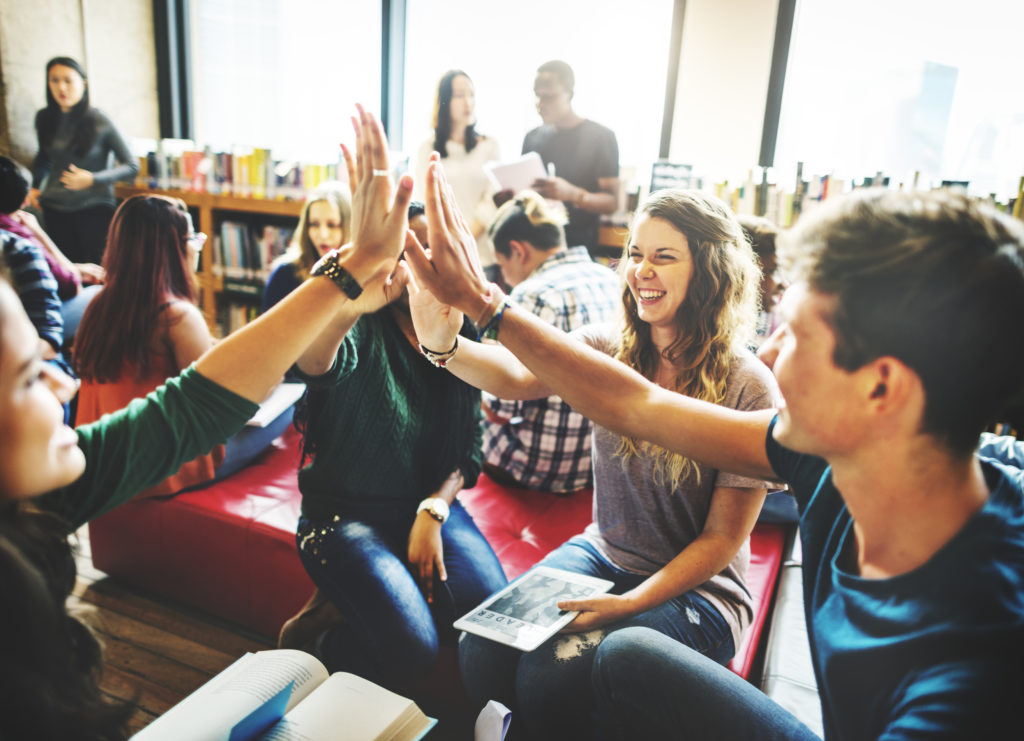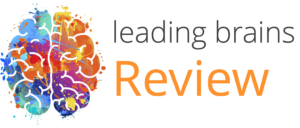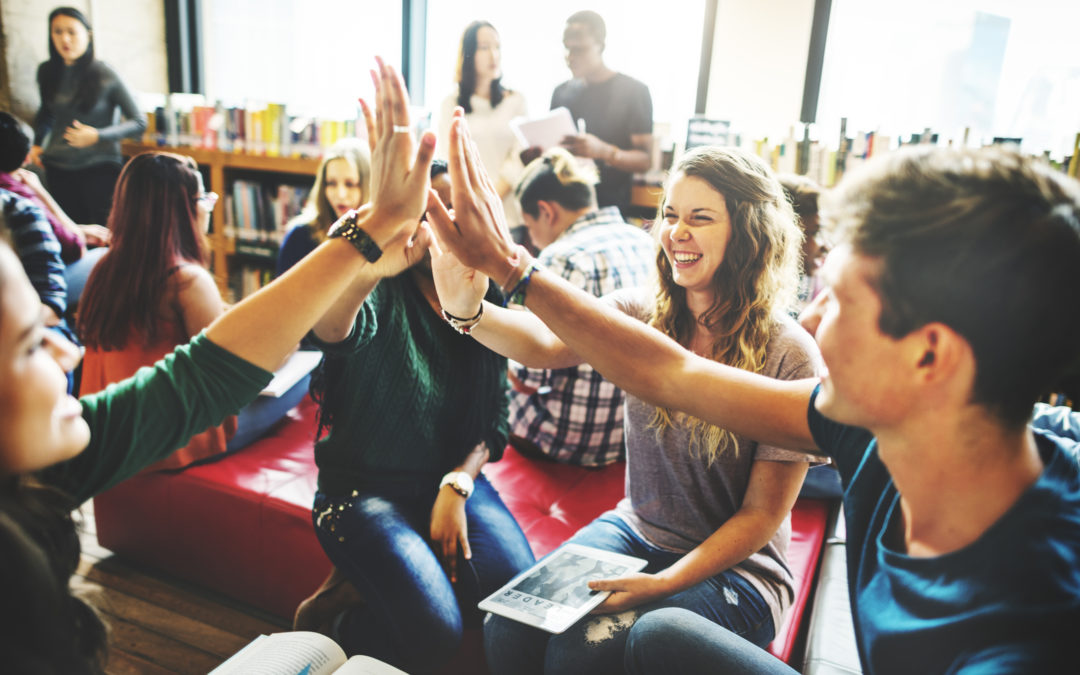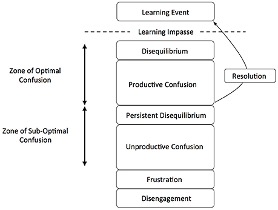Different lockdowns in different countries have led to different forms of home-schooling and disruption in children’s education and even critical exams. Some claim, dramatically, we will have a lost generation. But the concern is how will kids catch up on all the learning they have missed – fret not the brain will pick this up – but there are some genuine causes for concern when we look to the brain and disrupted learning over the last year or so.

There is a worry in many societies and educational authorities of how to enable kids to catch up on their curriculums through disrupted schooling and loss of classroom hours during the pandemic. In the UK there have been proposals of shortening the summer holidays, for example.
So, do kids need to catch up on learning?
Stupid question, I say (I am being a bit provocative, but just a bit).
Why is it a stupid question? Well, it confuses the concept of learning vs. knowledge and particularly curriculum-based knowledge and shows complete ignorance of how the brain actually works. Admittedly educational authorities want to get kids through exams with high grades – it is their measure of success. So, let’s review some of the concepts of how the brain learns and whether catching up on curriculum-based matter, matters, or if it can be done quicker than many may assume.
Brain Development
Let’s do what we always do and look to the brain. There are well-documented periods of brain development. For example, the concept of theory of mind. Theory of mind is the ability to appreciate how other people think. For example, children under the age of 4 may not understand that a stranger doesn’t know the name of their teacher. They know the name of the teacher, so they assume everybody else does. Around about 4-5 kids start to understand this and apply this to ever more situations: this is therefore a natural development of the brain and the growing prefrontal cortices. Similarly, before the age of eight children playing games tend to be very selfish and around eight this shifts to understanding better concepts of fairness and applying this in games with other children. Parents may like to think it is their constant appeals to be fairer, but this development will happen irrespective of parents (parent’s input does have some influence, but probably more on the genetic side).
These developments are not hard cut off points but change gradually over time, a little bit earlier and a little bit later in different children, and also moderated or attenuated by certain personality traits. The big point here is that brain development happens irrespective of what environment we’re in and not because of school. Childrens’ brains will mature and develop whatever environment they’re in (if not abusive – but that’s another story – I am assuming a healthy family and social environment – which sadly is not always the case).
The next issue is that of learning – and here I refer to learning skills such as reading and writing particularly with a view to younger children. Parents in some countries and educational authorities may worry about having a disrupted year. But consider this: in England, and the US, I believe, children start formal schooling at 4 years old but in countries like Switzerland and Finland this is normally 6 or even 7. So, starting formal schooling and literacy training 2-3 years later than in England. And yet this has no negative impacts on literacy, or contrastingly it may have positive impacts, with many countries with later schooling ranking better than the UK on literacy rates (there are many factors at play here). Also consider that Finland scores admirably on the standardised testing the (in)famous PISA scores compared to many other countries in the world but with much less schooling time (they have very long holidays to boot).
Why would that be the case? Well back to brain development, languages require considerable cognitive resources and many of these develop with age so developing, or rather trying to develop, certain skills earlier may not really have a benefit in the long run. So, with that in mind it is difficult to see how a disrupted year in schooling is likely to inhibit these younger children (those below the age of 10).
What about older kids?
However, a more genuine concern has been with older children, particularly those coming up to critical exams, those for example, between 14 and 16, or 16 and 18. Again, these ages differ in different countries. Here we do have to differentiate between learning and knowledge. How much do you adults reading this remember from your schooling? Probably not much – I certainly have difficulty doing my daughter’s mathematics. How much do you even remember from university if you attended? Most of us have forgotten 90%. This raises a big issue in society of what is the point of trying to stuff kids full of knowledge if this is quickly forgotten? Another topic for another day – but back to the brain. In the brain learning takes place when we have built new connections and in behavioural learning this is when a new behaviour has been acquired and can successfully and automatically be implemented – think hitting a tennis ball or being polite in a shop. We spoke about the cerebellum in an earlier article and how this is involved in behavioural and cognitive learning and particularly feed-forward mechanism of predicting the future.
The point is learning, and knowledge, are different things with some similarities. Another point is that knowledge is easy to come across, access, and memorise – learning a list of history dates requires effort but can be done by most brains pretty easily. Obviously, context and engagement in a lesson helps this consolidation, or “learning”. But most of us adults know you can get quick access to plenty of knowledge by reading a book on “xxx for dummies” or a quick google search. What’s more, sometimes this is more time efficient then going through a whole series of lessons on it – remember that lessons are also spread over a year (with only a few hours a week) and then broken up by holidays so there may be a lot of learning, but there is also a lot of unlearning. But simply sitting down and getting stuck into a topic in enriched condensed form can be a pretty easy way to access knowledge and do this more than effectively. Remember most educational systems test knowledge – i.e. memory and mostly relatively short-term memory of what the kids have been able to pack into their heads pre exam.
So, from this perspective, for knowledge-based learning there is some concern, but this can be brought up to speed pretty quickly. Therfore, in some areas there will need to be some catching up. However, this may depend on the subject – some subjects build on top of each other or are interconnected – these are the subject that may need to play some catch up – but teachers may find that an “executive summary” does wonders.
So far so good – with the caveat that not all kids will respond the same to this but broadly I see little need for any major concern here. But I do see concern in other areas.
What do we really learn at school?
What do we actually learn at school? Within school there are a lot of other things that happen, friendships are built, kids play together, have random ideas, dangerous ideas, try to break the rules, not get caught, find strategies to learn with the least effort, how to get through exams with the least effort, and so on and so forth.
This is normally considered the secondary impacts of schooling. I say from the brains’ perspective this is the primary learning experience in schools. All the above-mentioned tasks require extremely complex and strategic and social decision-making and are what helps us develop important skills, such as strategizing, building and managing relationships, and also helps reduce stress and build circuits that really make effective brains.
Some have said they miss being with friends and I stress it is not just missing friend, it is the whole process of friendships and how to engage that is missing. So, there is concern in those countries where children have been at home schooling for long periods of time and not because of what educational authorities consider learning, but because of the critical social learning aspects which help build healthy functional brains. What’s more the physical activity that we spoke about in this article last month (though targeted at you the adult reader) is just as true for children. The simple process of being active – walking between classrooms, carrying books, messing about during recess has hugely beneficial effects on the brain and health.
That being said I think the impacts are very varied – my daughter at the age of 14 loved lockdown – social media be thanked – she and her friends seem to be just as engaged, talkative, and creative on a group chat on social media, as us adults around a drink at a local bar. So, some of these negative impacts will be moderated by these digital kids.
Key Development phases
The one aspect I see of genuine concern is that all children go through key brain development phases broadly around 4, 8, and in adolescence. These are times of great reorganising in the brain and hence very susceptible to environmental influences, for example in adolescence the concept of building a self-identity is critical and how has this been influenced by home-schooling or lockdown? I am not sure. It is likely very contextual but a genuine cause of concern.
Let’s summarise
-
- Kids under the age of 10 will have little lasting impact or lack of learning
- Kids under the age of 10 may have missed out on critical developmental aspects of play and socialising – their brains should be plastic enough to catch up on this
- Kids between 10-14 will likely catch up very quickly on knowledge-based learning – little concern
- Kid between 10-14 may have missed out on some development experiences in social and interactions but have been able to compensate for some of this on digital platforms which they feel very comfortable with, nay enjoy. This could vary widely between children and context.
- Kids leading up to critical exams will have been affected by being able to or not being able to take exams
- Kids leading up to critical exams will likely be able to catch up on the knowledge with a few well thought through summaries and condensed reading
- Not having been able to have had exams will be important for some children – and have missed out on a critical life experience of preparing for and coping with exams irrespective of end results
- Adolescents may have missed out on key developmental and social learning opportunities not school related such as fully developing a sense of self identity
I stress to close that the other aspects of school are just as, or more important, than the schooling themselves when it comes to cognitive development. And yes, kids should get back to school as soon as is feasibly possible (Switzerland adopted pragmatic approach to this only closing schools through the first lockdown period but not thereafter).
Children do have plastic brains, but these do need to develop – some of this happens with school, during school, and … in spite of school●








